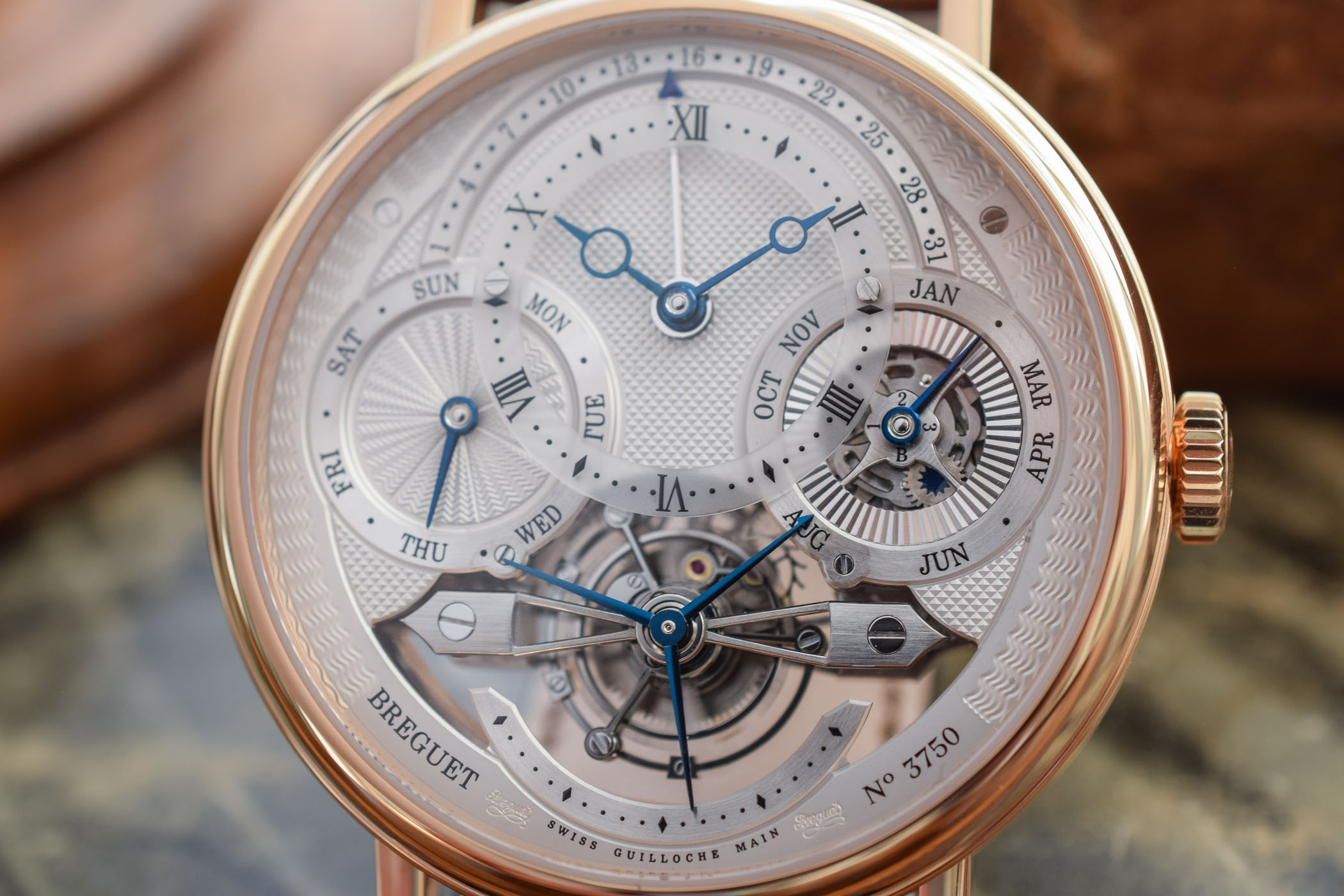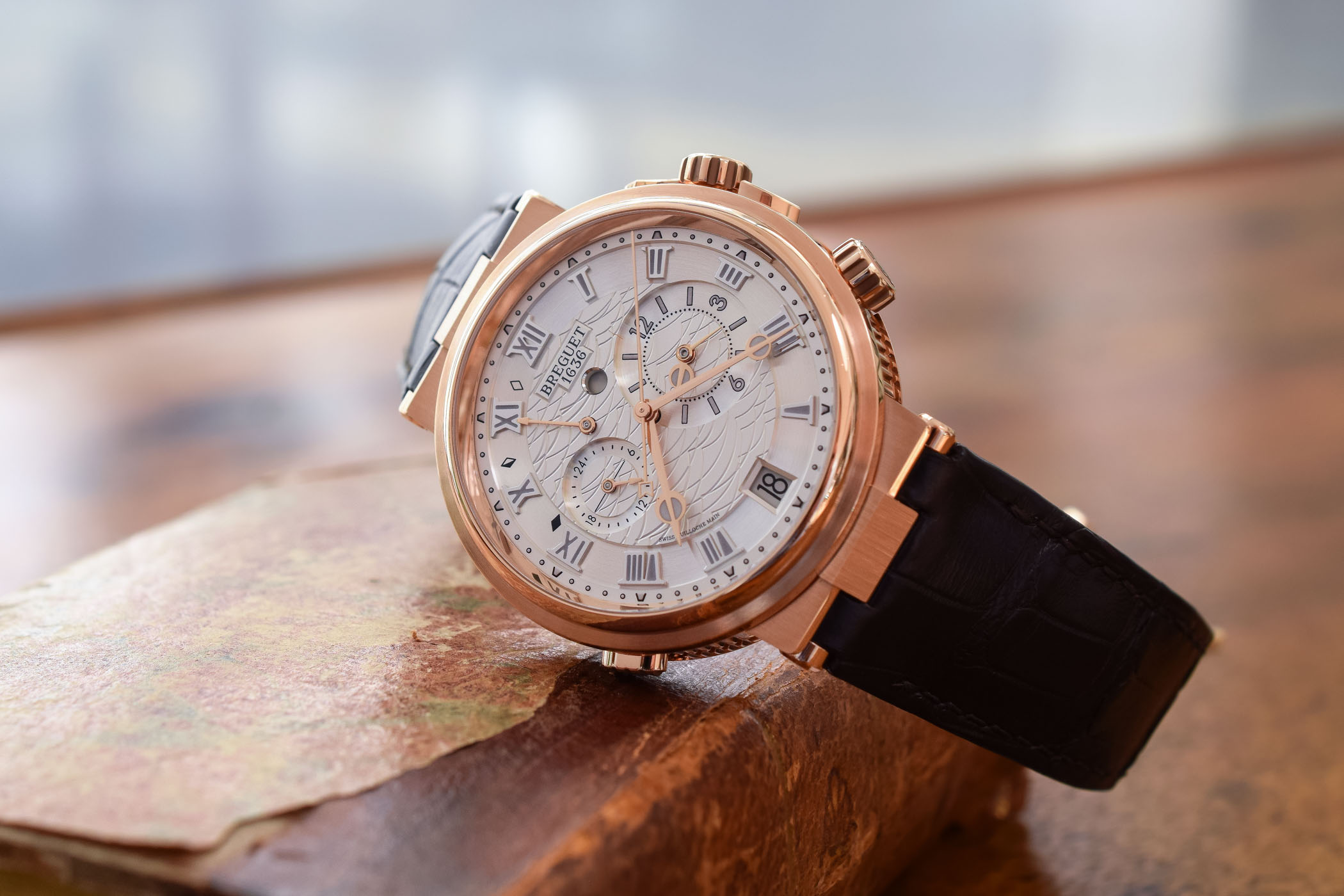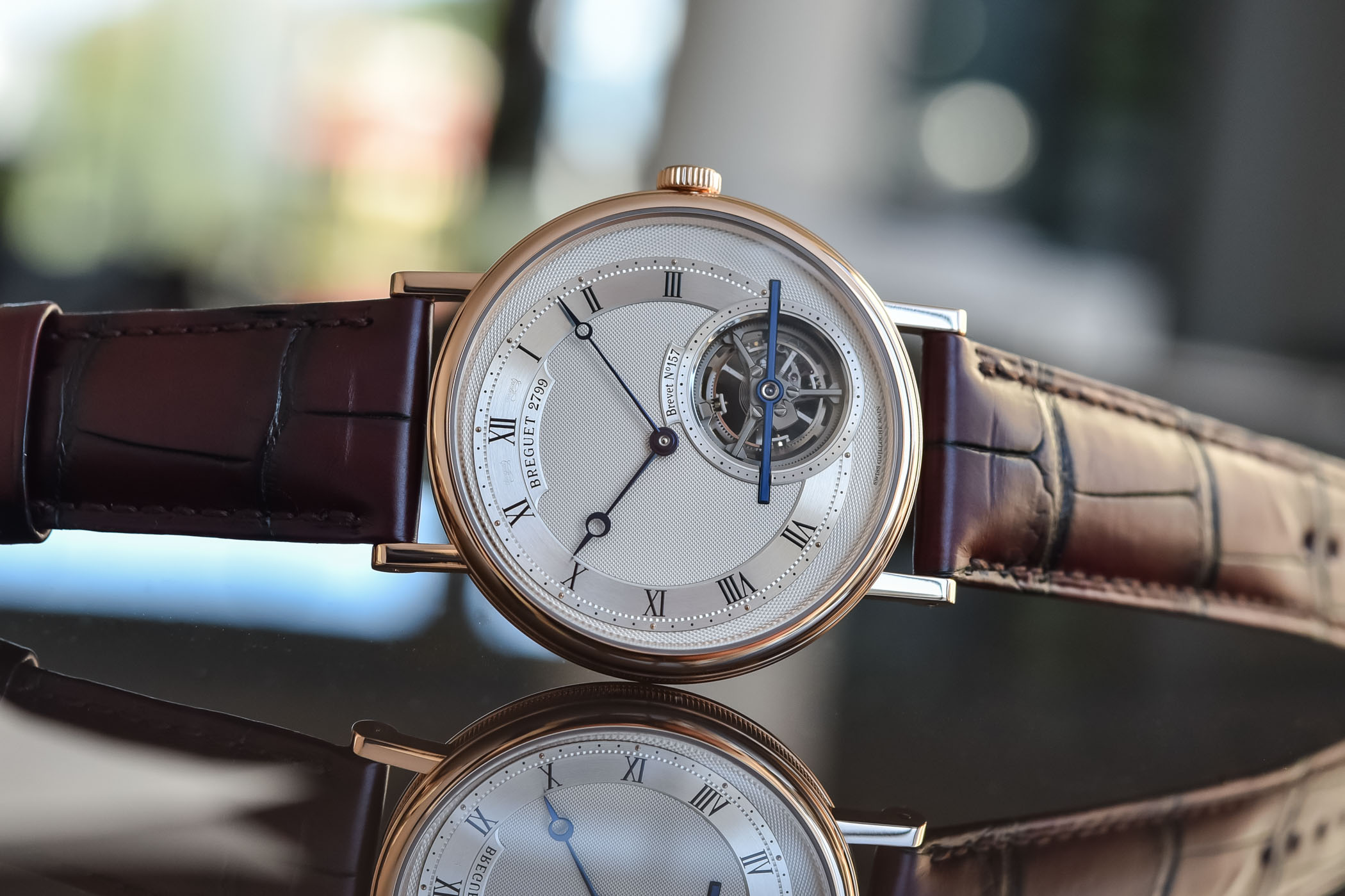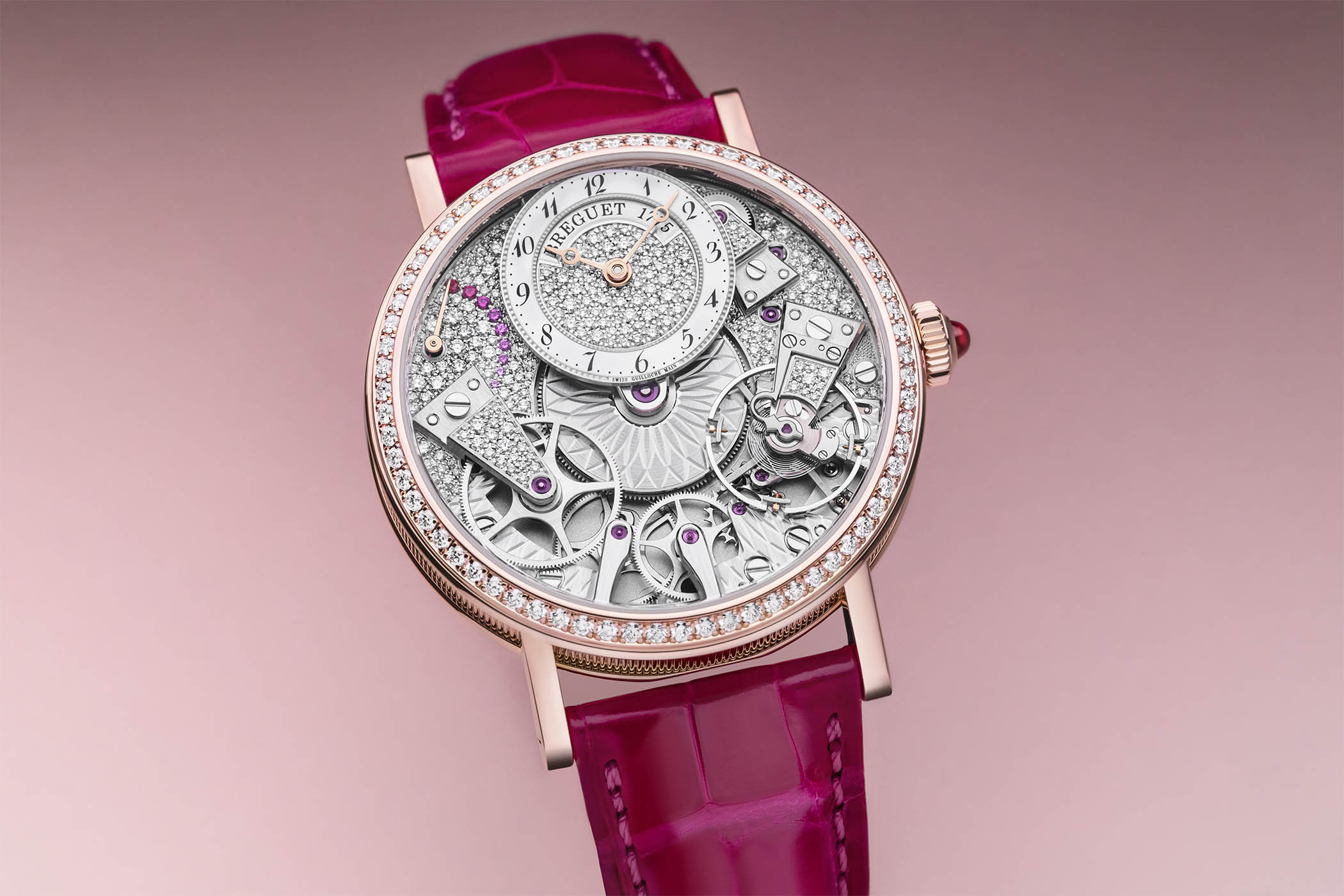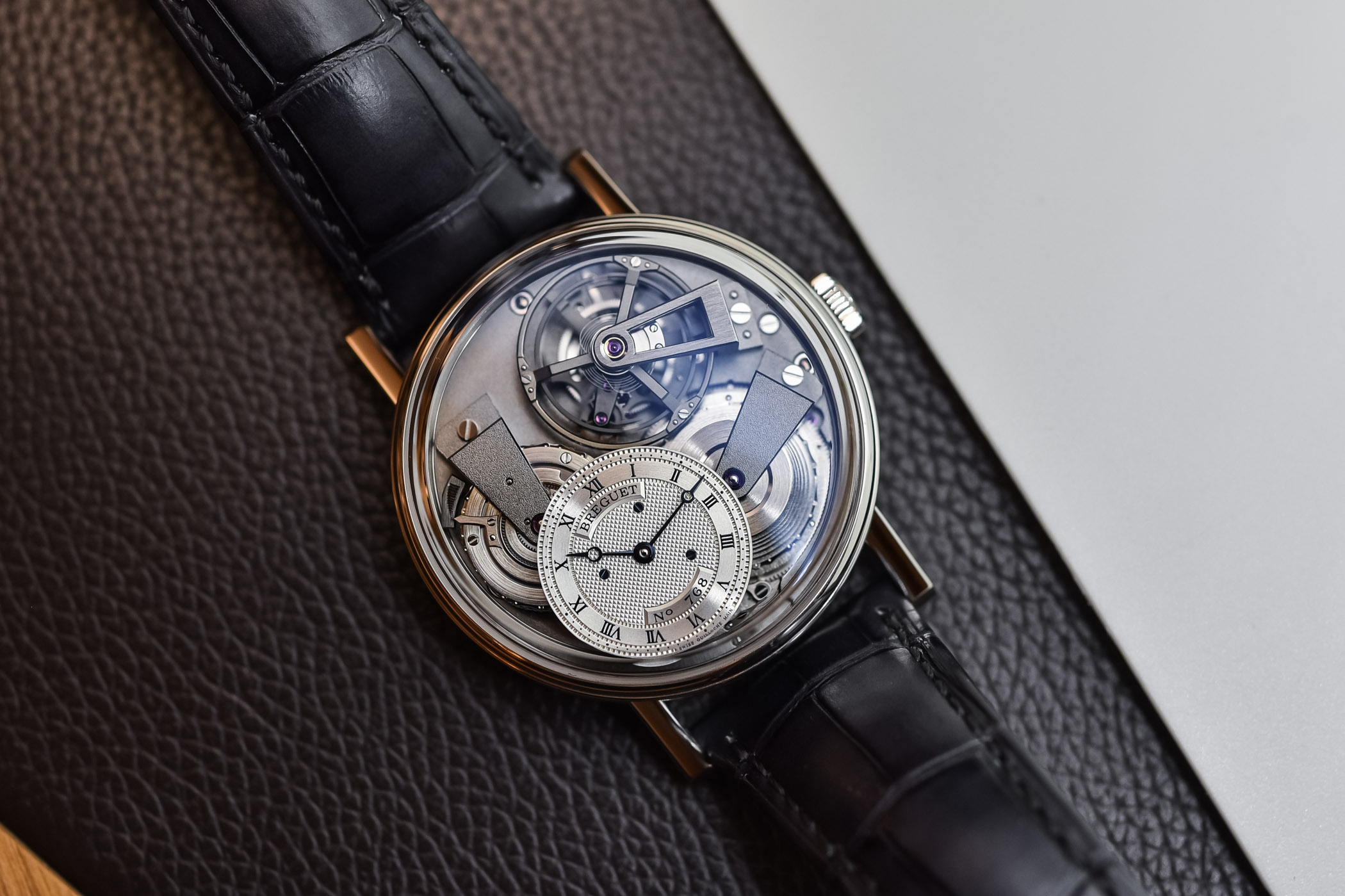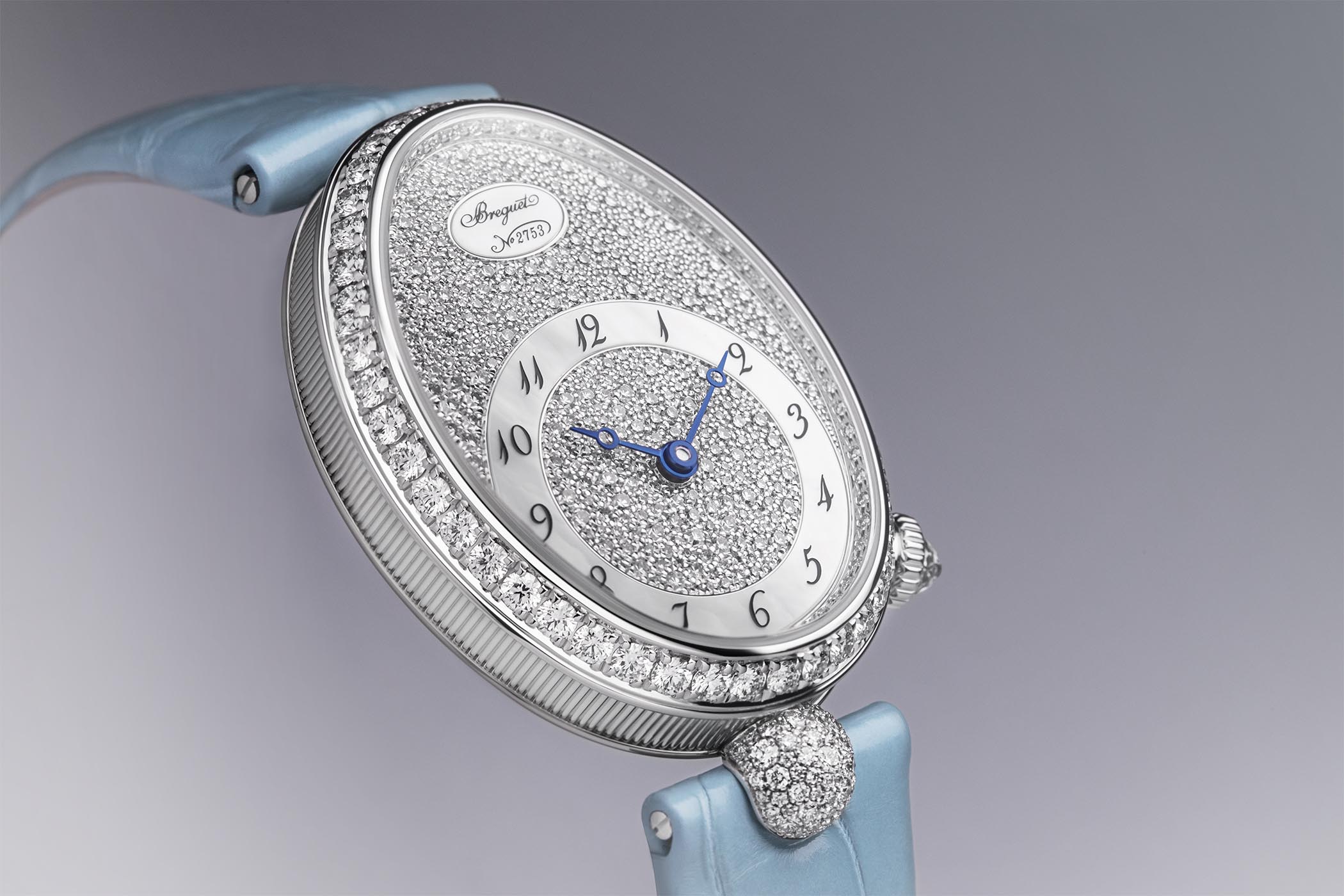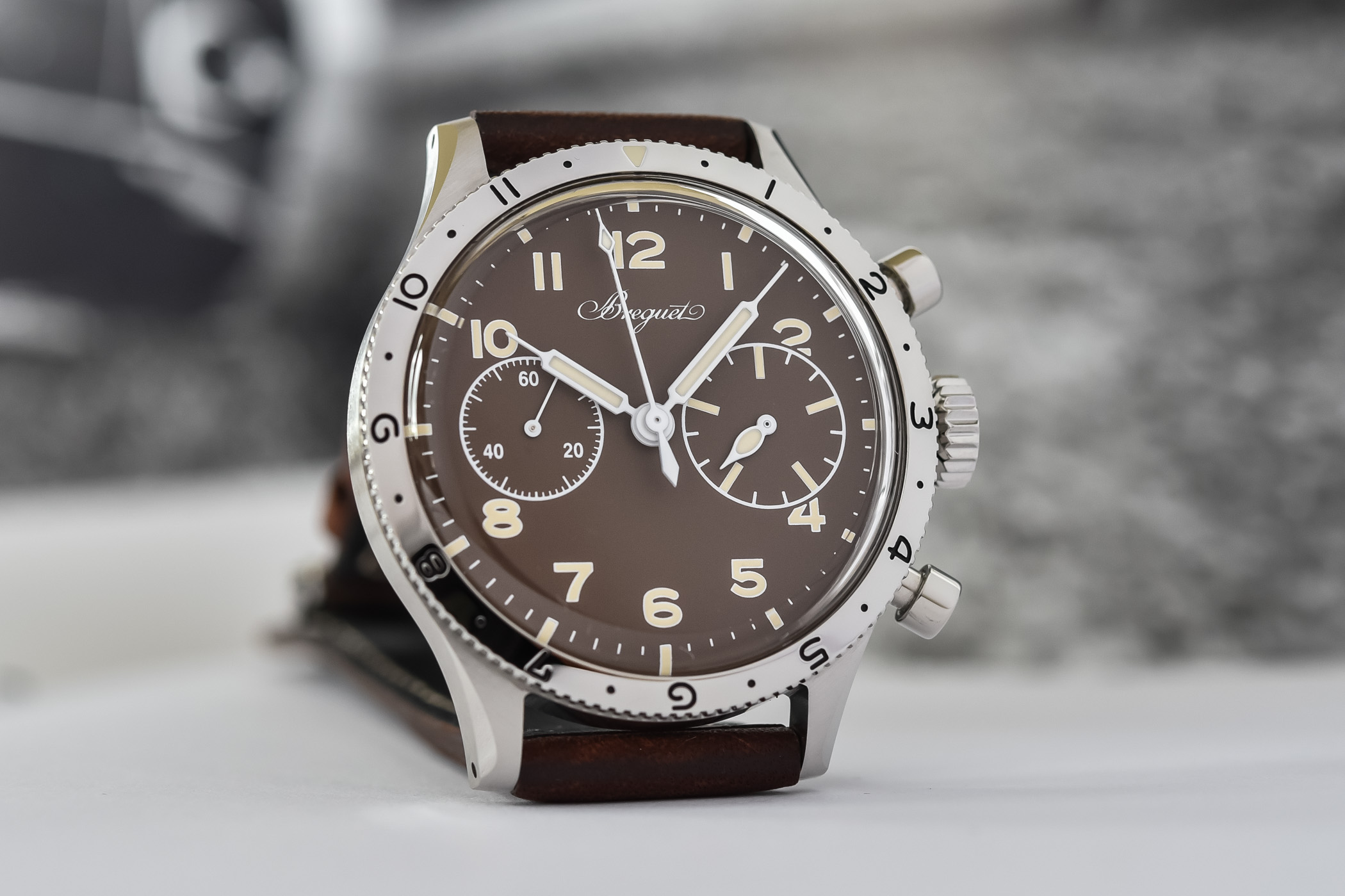Breguet
Swiss luxury watch manufacturer

Breguet was founded in 1775 in Paris, France by Abraham-Louis Breguet. Among the true horological pioneers, the brand invented the first self-winding watch in 1780, the tourbillon complication in 1801, and the first wristwatch in 1810. King George III, Napoleon Bonaparte, Sir Winston Churchill, Arthur Rubinstein and Marie Antoinette are among notable clients (although Antoinette died before the famed Marie-Antoinette pocket watch was completed). The Breguet family managed the company for over a century before English watchmaker Edward Brown took over and the Brown family subsequently owned the brand until 1970. The quartz crisis took its toll and the company changed hands several times and moved operations to Vallée de Joux in Switzerland in 1976. Breguet was acquired by the Swatch Group in 1999 and is currently headquartered in L'Abbaye, Switzerland, with Marc A. Hayek as President.
Few watch brands have the history and horological significance of Breguet. Apart from the technical marvels created by Abraham-Louis Breguet, he’s also regarded as the precursor of “design” in watchmaking and branding, with what the brand today calls the “unmistakable signs”. Breguet began engine turning silver and gold dials around 1786 and their unique guilloché patterns remain a hallmark of the brand today. Patterns include Clous de Paris hobnailing, pavé de Paris cobbling, sunburst, barleycorn, waves, cross weave, checkerboard, flame and more. Breguet’s signature hands, designed around 1783 with hollow, eccentric “moon” tips (often blued) are also a key feature hovering over most of the brand’s dials. The cases themselves feature brand-specific design cues such as fluting around the edges and welded lugs with screw pins to secure the strap. And to thwart counterfeiters, a tiny etching on the dial (the secret signature) was introduced in 1795 and is virtually invisible unless examined in oblique light. It’s still a token of authenticity today.
Some of the greatest horological developments in history are attributed to Breguet, including the tourbillon (French for “whirlwind”) that is an enhancement of the watch escapement. Patented in 1801 (and designed several years prior), the complication has the escapement and balance wheel mounted in a rotating cage to help counter the effects of gravity, averaging out errors in position. It’s considered one of the most desirable complications today and Breguet pieces like the Double Tourbillon 5347 with two independent tourbillons connected by differential gears push horological engineering to new heights. Other inventions like the self-winding movement, Gong-spring (for minute repeaters), perpetual calendar and literally the wristwatch itself are indispensable to the industry today.
One of the most famous of Breguet’s collection is the Type XX pilots’ watch line, originally produced for the French naval air army in the 1950s. Relaunched in 1995 as more modern editions, the tri-compax chronographs maintain vital military features such as high contrasting dials and a flyback complication (returning to zero via one pusher). And while perfectly suited for pilots today, they’re also more refined for enthusiasts in the boardroom.
Recent developments include the use of silicon in 2006 for critical parts of the movement, including the escape wheel, lever and flat balance spring. Silicon is impervious to magnetism and highly resistant to corrosion, lighter and harder than steel, reduces inertia, requires no lubricant and provides greater geometric freedom (ability to create new and complex shapes). Whether producing a grand complication masterpiece or simple time-only dress watch, obsessive attention to detail, refinement and artistry, coupled with groundbreaking developments, keep Breguet at the forefront of luxury watchmaking today.

